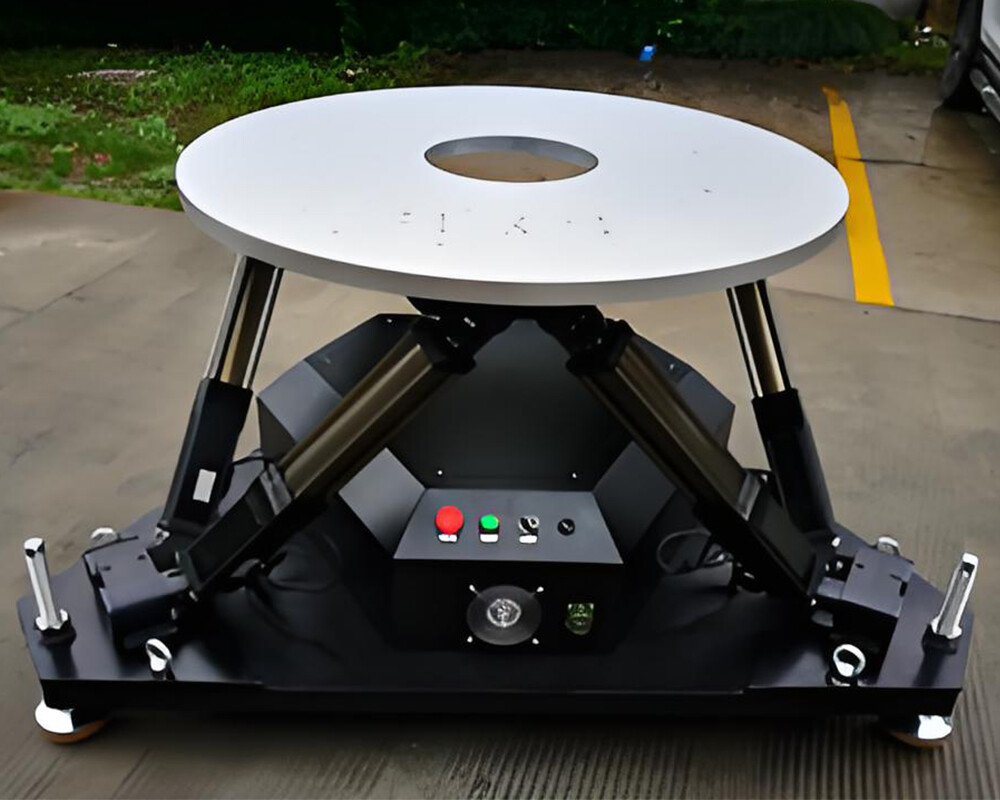
Compared with the original hydraulic platform in the traditional market, the six-degree-of-freedom platform uses electric control, omits the surrounding equipment such as hydraulic pump station and piping, simplifies the entire device, greatly reduces power loss and maintenance, and improves the efficiency of the system. At the same time, the use of electric control improves the control accuracy and control stability of the system, greatly improving the safety and reliability of the system.
Principle of the six-degree-of-freedom platform: The six-degree-of-freedom platform is composed of six servo electric cylinders, two upper and lower platforms, and six upper and lower Hooke hinges. The lower platform is fixed on the infrastructure, and the upper platform is controlled to move in six degrees of freedom (X, Y, Z, α, β, γ) in space through the telescopic movement of the six servo electric cylinders, so that various spatial motion postures can be simulated.
The six degrees of freedom are the XYZ axis of the three-dimensional space and the ABC that rotates around the YXZ axis respectively. The counterclockwise rotation is positive when facing the coordinate axis.
Rotation around the X-axis is called the A-axis here, and is usually called the α or Roll axis (roll, roll)
Rotation around the Y-axis is called the B-axis here, and is usually called the β or Pitch axis (pitch, roll or pitch)
Rotation around the Z-axis is called the C-axis here, and is usually called the γ or Yaw axis (heading, yaw)
